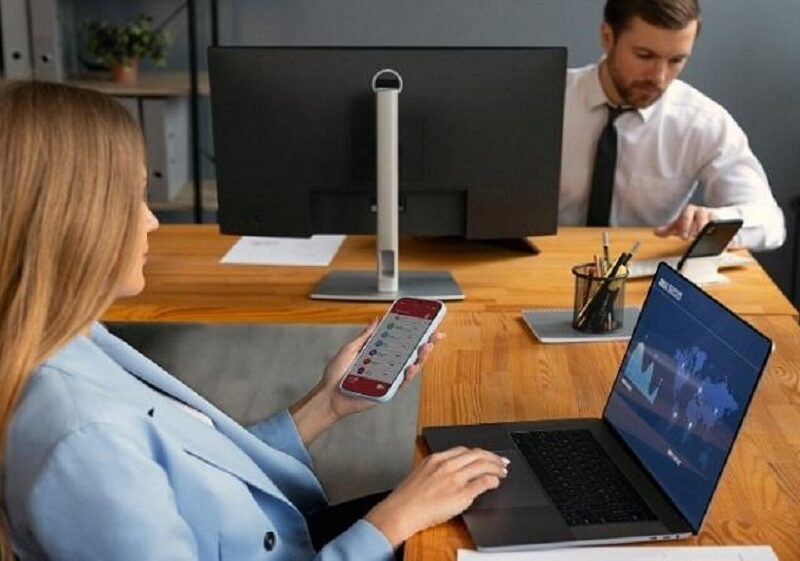Employee monitoring has become a common practice for organizations seeking to enhance productivity, security, and overall operational efficiency.
However, with the increasing concerns about privacy, it is crucial for employers to strike a balance between monitoring and respecting the rights of their employees. Implementing employee monitoring without violating privacy requires a thoughtful and transparent approach. Here are five essential steps to achieve this delicate equilibrium:
5 Steps to Implement Employee Monitoring without Violating Employee Privacy
Establish Clear Policies and Communication
The foundation of any successful employee monitoring program lies in transparent communication. Employers should clearly outline their monitoring policies, detailing the types of data that will be collected, the purposes behind monitoring, and how the information will be used. Countries are following their own rules in the matter. This information should be communicated to employees through comprehensive policies and included in the employment handbook. A well-drafted policy ensures that employees are aware of the monitoring practices in place, fostering a sense of transparency and trust within the organization.
Focus on Relevant Metrics
One of the keys to effective employee monitoring is to concentrate on collecting only the relevant data that serves the organization’s legitimate interests. Rather than implementing broad surveillance measures, identify specific metrics that align with the organization’s goals. For instance, monitoring internet usage may be reasonable to ensure optimal productivity, but collecting data on personal conversations or activities outside of work may cross privacy boundaries. By focusing on metrics directly related to work performance, organizations can minimize the invasion of employee privacy while still achieving their monitoring objectives.
Implement Anonymization and Aggregation Techniques
To protect employee privacy, it is essential to anonymize and aggregate collected data whenever possible. Instead of monitoring individual employees, consider analyzing trends and patterns across the workforce. You can try proper employee monitoring and data loss prevention software. By depersonalizing data, organizations can still gain valuable insights without compromising the privacy of individual employees. This approach safeguards sensitive information, ensuring that employees’ personal details are shielded from unnecessary scrutiny while still allowing organizations to identify broader performance trends.
Regularly Review and Update Policies
The digital landscape and workplace dynamics are constantly evolving, necessitating a periodic review and update of monitoring policies. Regularly revisiting these policies allows organizations to adapt to technological advancements and changing privacy regulations. It also provides an opportunity to assess the effectiveness of existing monitoring practices and make adjustments to strike a better balance between organizational needs and employee privacy. Open communication channels during these reviews can also help address any concerns raised by employees, demonstrating a commitment to fairness and respect for their privacy.
Offer Opt-Out Options and Consent
Respecting employee autonomy is paramount when implementing monitoring systems. Provide employees with the option to opt-out of certain monitoring practices if they are uncomfortable with them, as long as it does not compromise the organization’s security or productivity standards. Additionally, seek informed consent from employees before implementing any new monitoring measures. Clearly explain the purpose, scope, and duration of the monitoring, allowing employees to make informed decisions about their participation. This proactive approach not only aligns with privacy best practices but also empowers employees to take an active role in the monitoring process.
Final Words
Implementing employee monitoring without violating privacy requires a strategic and ethical approach. Achieving this equilibrium not only enhances organizational efficiency but also preserves the dignity and privacy of every employee, contributing to a healthier and more sustainable workplace culture.



